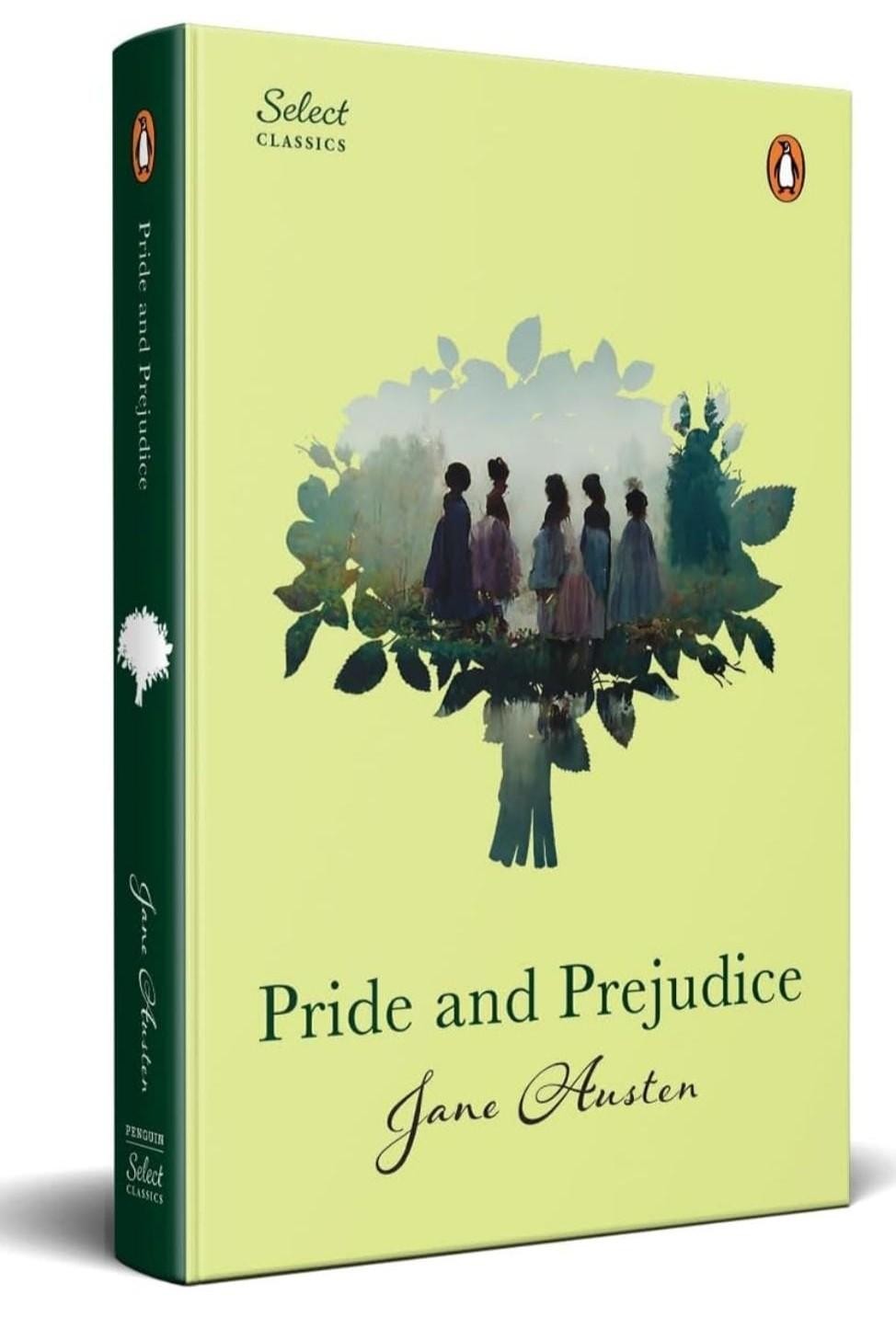
Pride and Prejudice
Original Title
Pride and Prejudice
Subject & College
Publish Date
2024-04-11
Published Year
2024
Publisher, Place
Total Pages
352
ISBN 13
978-9815162752
Country
India
Language
English
Readers Feedback
Pride and Prejudice
Dr. Rupali M. Phule, Librarian Sinhgad Institute of Technology, Kusgaon bk, Lonavala Pride and Prejudice by Jane Austen is my favorite book of all time--...Read More
Dr. Rupali Phule
Pride and Prejudice
Dr. Rupali M. Phule, Librarian
Sinhgad Institute of Technology, Kusgaon bk, Lonavala
Pride and Prejudice by Jane Austen is my favorite book of all time– which isn’t a phrase I throw out lightly! This book truly has the best of all worlds– a wonderful romance, lovable characters, humor, and beautiful writing. Pride and Prejudice is the story of a young woman in the 1800’s, Elizabeth Bennet. The Bennet family has five daughters, and in an age where the only thing women could do was marry rich, all the girls are pressured to find wealthy matches to secure the family’s comfort. Elizabeth, however, refuses to marry the first man the comes along, and only marry when for love. She meets brooding, silent, proud and very rich Mr. Darcy, who at first has no interest in Elizabeth. Over time, he begins to fall in love with her wit and charm. Elizabeth thinks Darcy is the last man she could ever marry, but through the course of the novel, begins to see that her prejudices towards him are fake and that he is a true gentleman who is only shy. The questions remains– will they overcome their pride and prejudices and get married? I’m not a huge fan of ‘classical classics’ where the writing style is dull and hard to understand. I was so pleased to find that this is not the case with Austen’s writing style. I enjoyed every single page of this wonderful novel, and truly did not want it to end! I will certainly be reading more Austen! I would recommend this book to anyone– fans of romance, family-oriented stories, comedies, fans of classics, and even reluctant readers of classics who would like an easy gateway into the world of classic novels.
Pride and Prejudice
Published in 1813, Pride and Prejudice is a romantic novel of manners written by Jane Austen. The novel follows the character development of Elizabeth Bennet,...Read More
Prof.Dr. Mahadev Jare
Pride and Prejudice
Published in 1813, Pride and Prejudice is a romantic novel of manners written by Jane Austen. The novel follows the character development of Elizabeth Bennet, the dynamic protagonist of the book, who learns about the repercussions of hasty judgments and eventually comes to appreciate the difference between superficial goodness and actual goodness. A classic piece filled with comedy, its humour lies in its honest depiction of manners, education, marriage and money during the Regency era in Great Britain.
Austen grabs your attention just enough to make you want to keep going. I immediately connected with her characters and wanted to see how their lives would pan out.
The main theme of the novel touches on the fact that in those days (and for many to come), a woman was considered to be faulty or unlovable if she remained unmarried. Not to mention, if a woman remained unmarried and didn’t have the luxury of her father to take care of her, she would face financial and social hardships for the rest of her life. Without some sort of male figure in her life, a woman’s life was destined for misery.
This is especially interesting, as Austen herself remained single for her entire life. She even accepted a marriage proposal once, to turn around and change her mind the following day. Austen was a unique woman for her time.
At first glance, the story of Elizabeth Bennet is a typical love story with a very happy ending. Upon closer investigation, there are many layers of Austen’s personal commentary towards life for women in the 19th century. The men in the story are constantly in positions of power, and will usually use this power to take advantage of the women in the story. But, it isn’t all hopeless. Characters such as Elizabeth stand up for themselves, which acts as a beacon of hope for her female readers.
The imbalance of power between Elizabeth and Mr. Darcy runs a bit deeper than the typical male-female relationships of the 19th century. Darcy is a rich and educated man who is free to do as he wants with his life. In fact, he (often) reminds Elizabeth that marrying her would be to marry below his social rank. Elizabeth is also educated, and very intelligent. But she is not free to roam and decide as she pleases. Elizabeth’s only choice to better her life is to find a man, who can grant her more freedom, through his own rights. And, this was the reality of many, if not all women’s lives in England at the time.
Pride and Prejudice has consistently appeared near the top of lists of “most-loved books” among literary scholars and the reading public. It has become one of the most popular novels in English literature with over 20 million copies sold and has inspired many derivatives that abound in modern literature.
